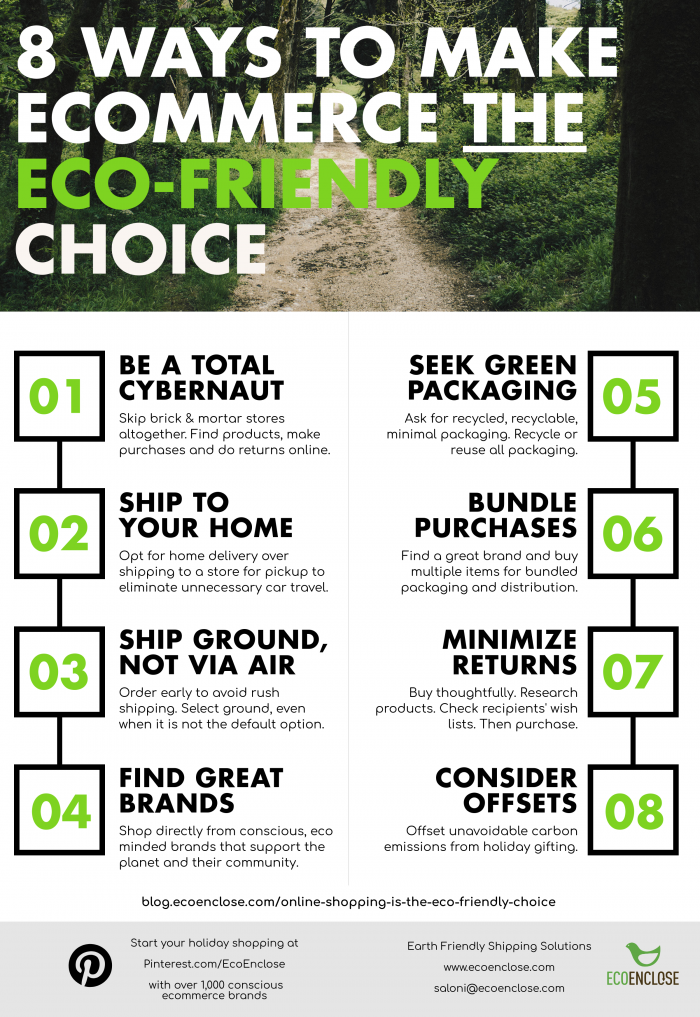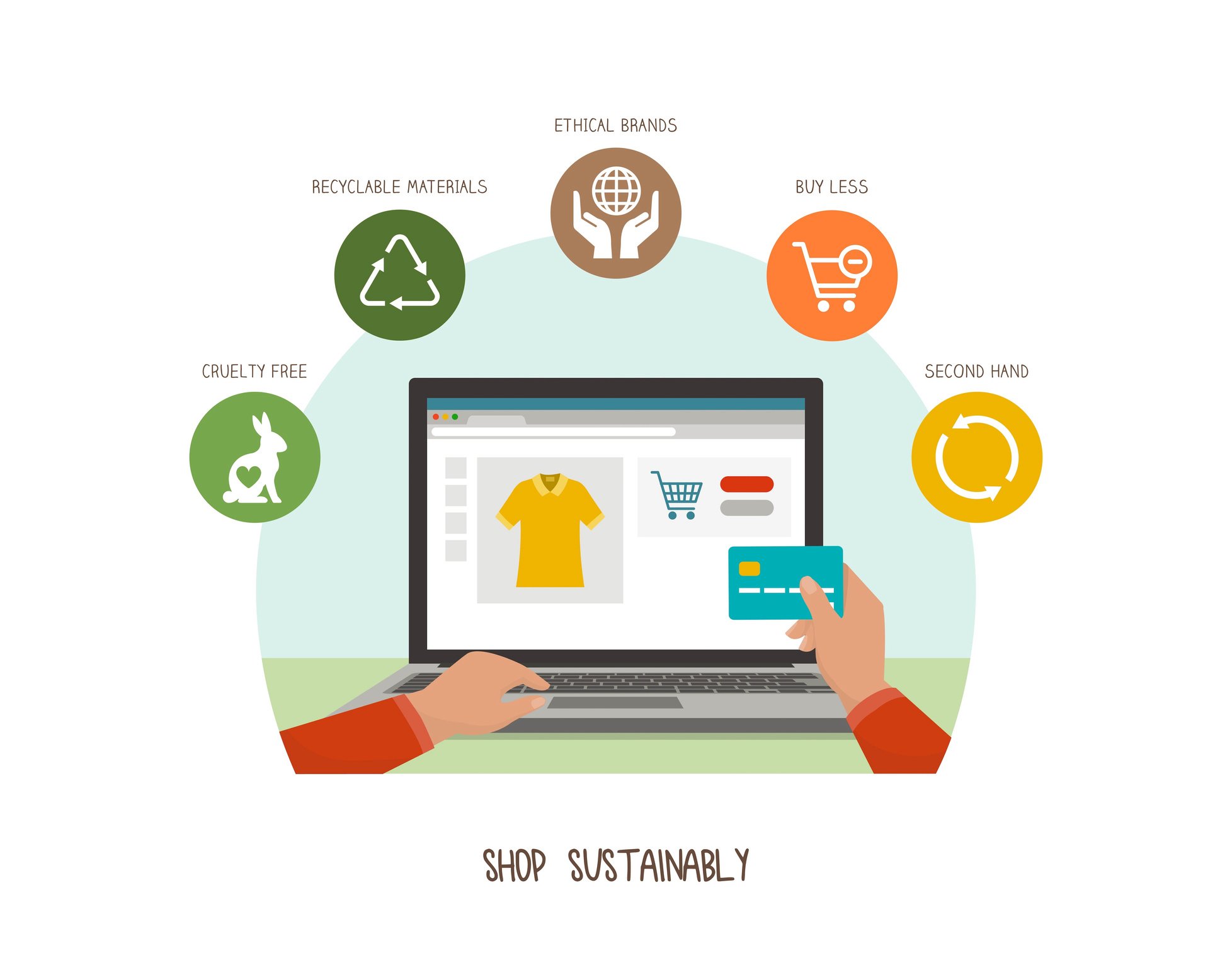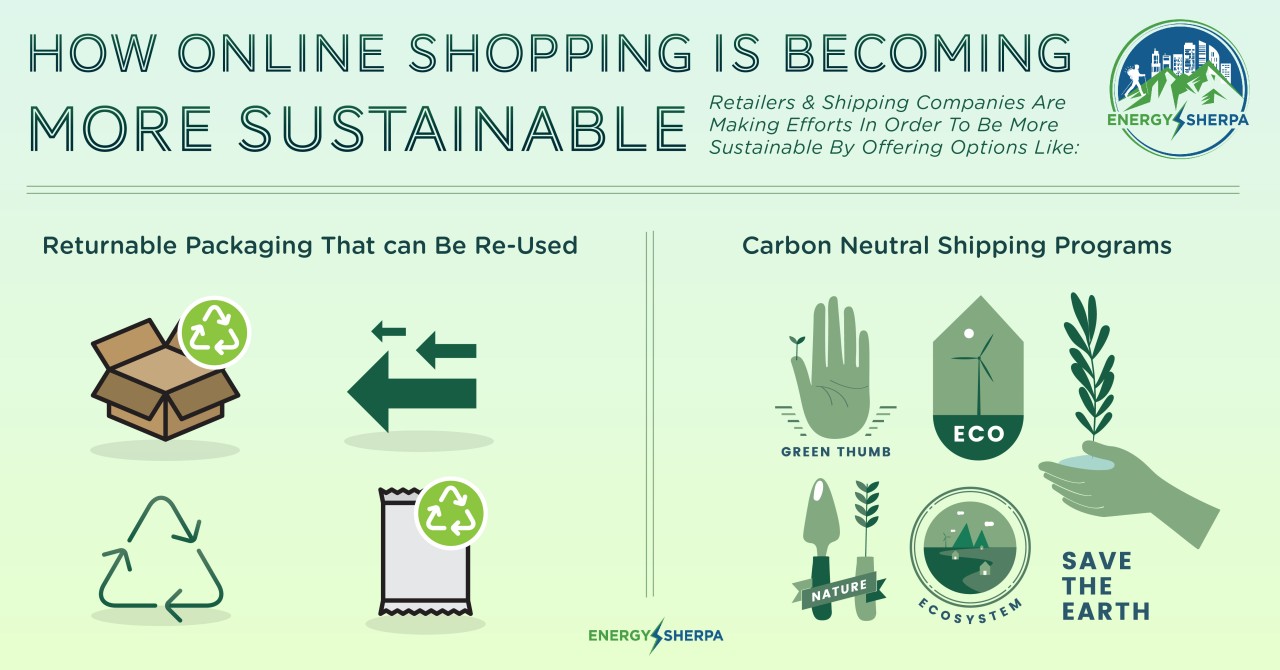Sustainability in Online Shopping: How E-Commerce is Evolving for a Greener Future
In recent years, the world has witnessed an undeniable shift toward sustainability in nearly every industry. Among the sectors undergoing transformation, online shopping stands at the forefront of change. As more consumers demand environmentally conscious options, retailers are embracing sustainable practices to reduce their carbon footprint, promote eco-friendly products, and improve the overall environmental impact of e-commerce.
In this comprehensive guide, we explore how sustainability is reshaping the online shopping industry, the benefits it brings to businesses and consumers, and what steps you can take to make your shopping habits more eco-friendly.

The Rising Demand for Sustainability
As consumers become more aware of the environmental impact of their purchases, sustainability has transitioned from a niche trend to a mainstream expectation. The online shopping industry, once notorious for its heavy carbon footprint, has begun to respond with new initiatives and practices designed to minimize waste, reduce energy consumption, and promote greener alternatives.
Why Consumers Care About Sustainability
Consumers are no longer simply looking for the lowest price when making purchases—they are becoming increasingly concerned with how their buying habits affect the planet. Studies show that:
- 66% of global consumers are willing to pay more for products from sustainable brands (Nielsen).
- 74% of consumers consider sustainability an important factor when choosing where to shop.
- 71% of people believe businesses should help improve the environment (Forbes).
This shift toward eco-conscious buying is driving retailers to adapt their operations, offering products and services that align with consumers’ growing desire for sustainability.
The Impact of E-Commerce on the Environment
Before diving into the solutions, it’s essential to understand how online shopping affects the environment. The rapid growth of the e-commerce industry has led to several environmental challenges:
- Packaging Waste: E-commerce packaging is often excessive, with products wrapped in layers of plastic, bubble wrap, and cardboard. According to a report by the Environmental Protection Agency, approximately 30% of all packaging in the U.S. is used for e-commerce.
- Carbon Emissions: The shipping and delivery of online products contribute significantly to carbon emissions. Studies show that online shopping generates over 1 billion metric tons of carbon emissions annually, primarily from transportation and delivery logistics.
- Waste and Returns: Online shopping leads to higher return rates, and returned items often end up in landfills. In fact, the U.S. alone sees more than 5 billion pounds of returned goods each year, many of which are not resold.
These challenges underscore the importance of developing sustainable practices within the online shopping industry.
How the Online Shopping Industry Is Embracing Sustainability
In response to growing consumer demand for eco-friendly options, many online retailers are adopting sustainable business practices. These efforts not only help reduce the industry’s environmental footprint but also position companies as leaders in the sustainability movement.
1. Eco-Friendly Packaging Solutions
One of the easiest ways retailers can reduce their environmental impact is by rethinking their packaging. Many companies are now opting for minimalist packaging—using less material overall and choosing recyclable or biodegradable options. Some retailers have even started offering zero-waste packaging alternatives.
- Boxed Water is Better: This brand switched from plastic bottles to eco-friendly paper containers, offering a more sustainable alternative.
- Lush Cosmetics: Known for its naked packaging, Lush offers products like soaps and shampoos that don’t require any packaging at all.
Consumers can also make a significant impact by choosing companies that prioritize eco-friendly packaging and supporting initiatives like “no packaging” days or reusable shipping containers.

2. Carbon-Neutral Shipping
Another growing trend in sustainable e-commerce is carbon-neutral shipping. Many companies are now offering options to offset the carbon emissions generated during shipping. Some of the ways businesses achieve carbon neutrality include:
- Investing in renewable energy: Companies are using green energy for their warehouses, fulfillment centers, and transportation vehicles.
- Carbon offsets: By purchasing carbon offsets, businesses contribute to projects that reduce or remove greenhouse gases, like planting trees or investing in renewable energy.
Major retailers like Patagonia and Amazon are already offering carbon-neutral shipping options to their customers.
3. Supporting Ethical and Sustainable Brands
Many online retailers are partnering with eco-conscious brands that emphasize sustainable sourcing and ethical production. These brands prioritize fair trade, reduce waste, and use natural or recycled materials. Shoppers are increasingly gravitating toward brands that promote sustainable practices, including:
- Fair Trade Certified: Products made under fair labor conditions and sustainable practices.
- Recycled Materials: Brands offering items made from post-consumer recycled materials.
- Upcycled Goods: Companies creating new products from discarded or waste materials, giving them a second life.
This trend has encouraged a shift from mass-produced goods to more sustainable alternatives, with consumers willing to pay a little more for items that have a positive environmental impact.
4. Eco-Friendly Delivery Options
The environmental impact of last-mile delivery has long been a challenge for e-commerce. However, many retailers are now exploring sustainable delivery methods, including:
- Electric delivery vehicles: Companies like FedEx and DHL are switching to electric trucks and delivery vans to reduce carbon emissions.
- Bicycle couriers: In urban areas, many delivery services are opting for bicycles instead of cars to cut down on pollution and congestion.
For example, Uber Eats and Postmates offer the option to choose bike couriers for local deliveries, helping reduce transportation-related carbon footprints.
How Consumers Can Make Their Online Shopping More Sustainable
While retailers play a crucial role in promoting sustainability, consumers also have a part to play in reducing the environmental impact of e-commerce. Here are several actionable steps you can take to shop more sustainably:
1. Choose Eco-Friendly Products
When shopping online, make an effort to choose products that are made from sustainable materials or are designed for minimal environmental impact. Look for:
- Products made from recycled or upcycled materials.
- Items that are certified organic, fair trade, or vegan.
- Goods that come with minimal or recyclable packaging.
2. Opt for Consolidated Shipping
Instead of making multiple orders from the same retailer, consider consolidating your purchases into a single order. This reduces the number of deliveries and thus the overall carbon emissions. Some retailers also offer subscription services that allow you to receive regular orders in bulk, reducing shipping trips.
3. Recycle and Reuse Packaging
If you receive products in excessive packaging, don’t throw it away. Recycle the packaging whenever possible, and reuse boxes or containers for future shipments or storage.
4. Support Brands with Transparent Sustainability Practices
When choosing where to shop, consider brands that are open about their sustainability efforts. Many companies are now including sustainability reports on their websites, giving consumers insight into their carbon emissions, supply chains, and sourcing practices. Support companies that are genuinely committed to minimizing their environmental impact.
The Future of Sustainability in Online Shopping
As we look to the future of e-commerce, the trend toward sustainability will continue to evolve. Here are some developments that could shape the industry:
- AI-driven sustainability: Artificial intelligence will play an increasingly important role in optimizing supply chains and reducing environmental footprints.
- Sustainable materials: Expect more innovative materials, such as biodegradable plastics and plant-based packaging, to emerge.
- Circular economy models: Brands will shift toward models that prioritize the reuse and refurbishment of products, rather than relying on the traditional linear model of “take, make, dispose.”
Conclusion
The transition to a more sustainable future for online shopping is not just a trend—it’s a necessity. As both consumers and businesses embrace eco-friendly practices, the industry is gradually evolving into a more sustainable and responsible model. By choosing sustainable products, supporting green shipping options, and promoting eco-conscious brands, we can collectively reduce the environmental impact of e-commerce and contribute to a more sustainable future for our planet.
FAQs
Q: What is the biggest environmental challenge in online shopping?
The largest challenge is the carbon emissions generated by shipping and packaging waste. Reducing both is crucial to achieving a more sustainable e-commerce industry.
Q: How can I shop more sustainably online?
Look for eco-friendly products, choose consolidated shipping, recycle packaging, and support brands that commit to sustainable practices.
Q: Are there any eco-friendly e-commerce platforms?
Yes, platforms like EarthHero, Thrive Market, and Patagonia offer sustainable products and focus on reducing environmental impact.
Q: Can I reduce my carbon footprint while shopping online?
Yes, by choosing carbon-neutral shipping, opting for electric vehicles or bicycle couriers, and supporting brands with green initiatives, you can reduce your carbon footprint.
For more information on sustainable shopping practices, visit
this article and explore other resources on our blog.

